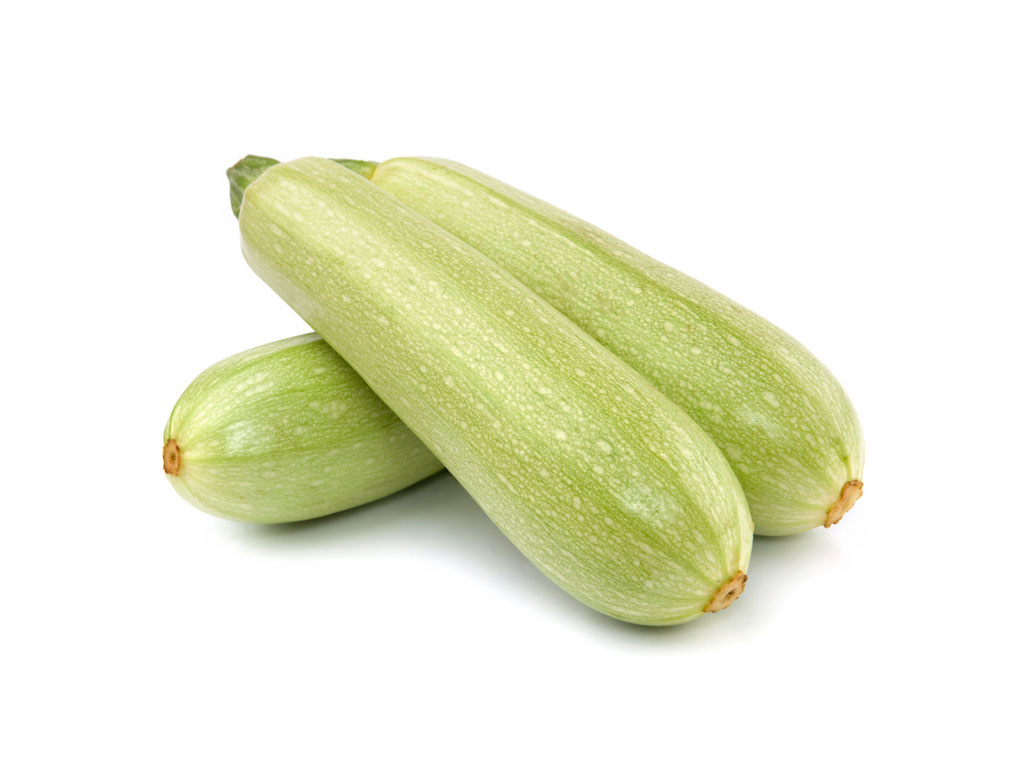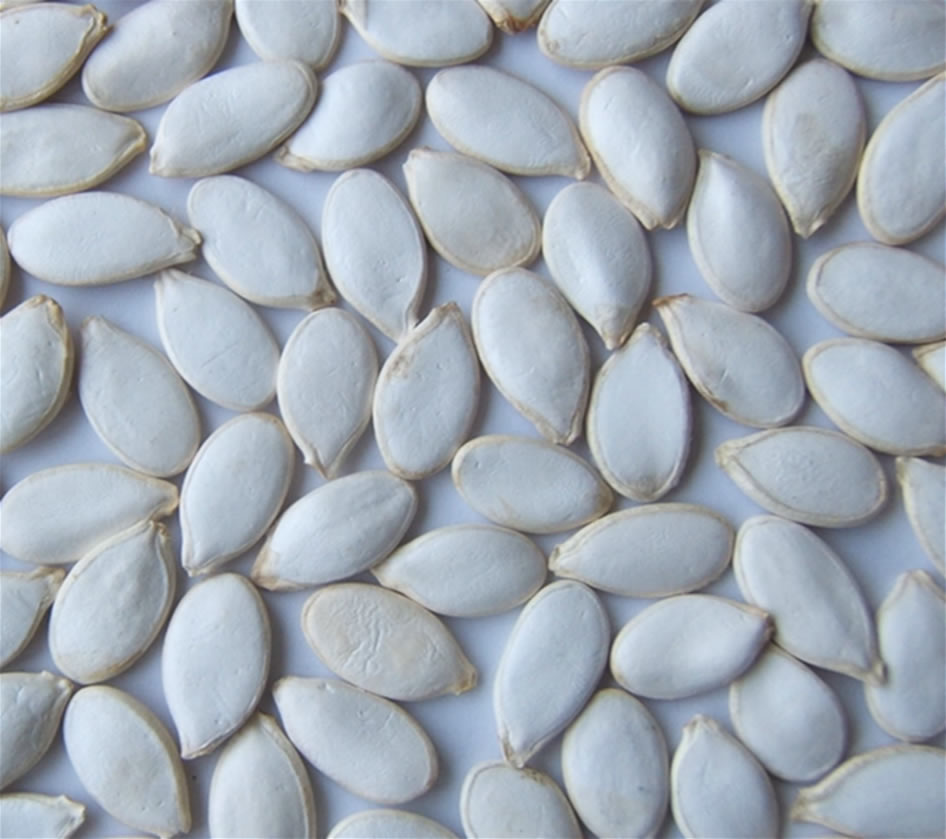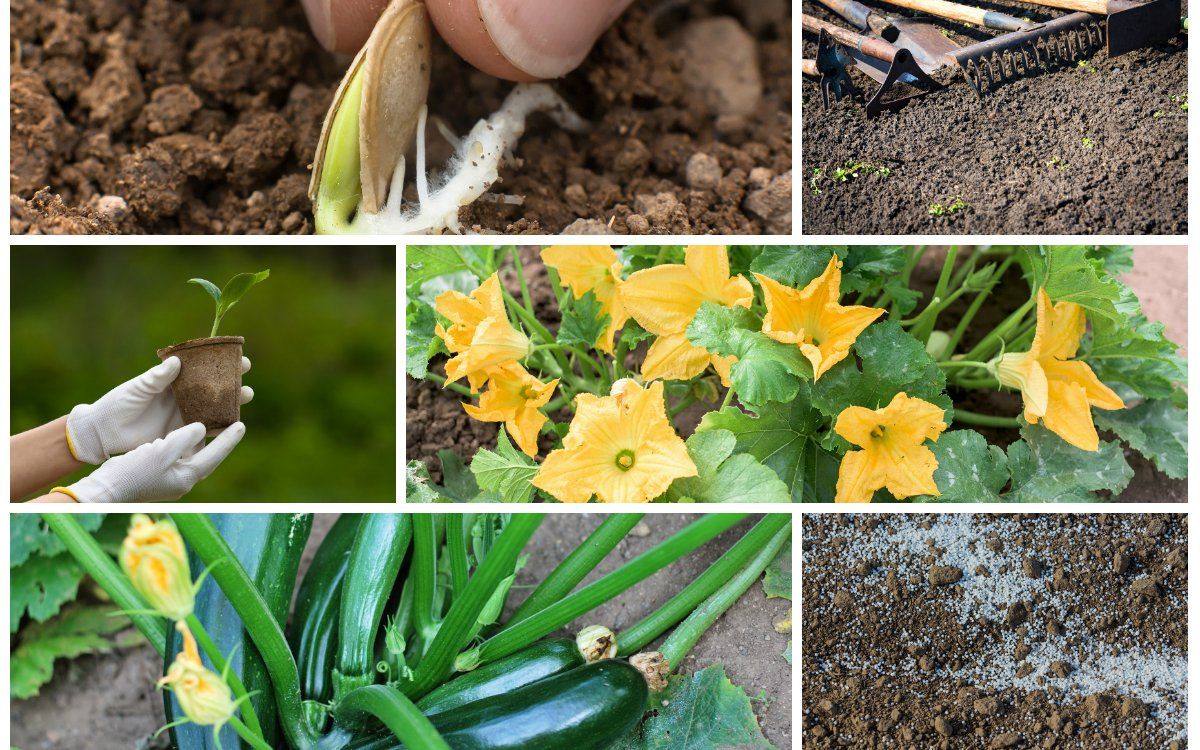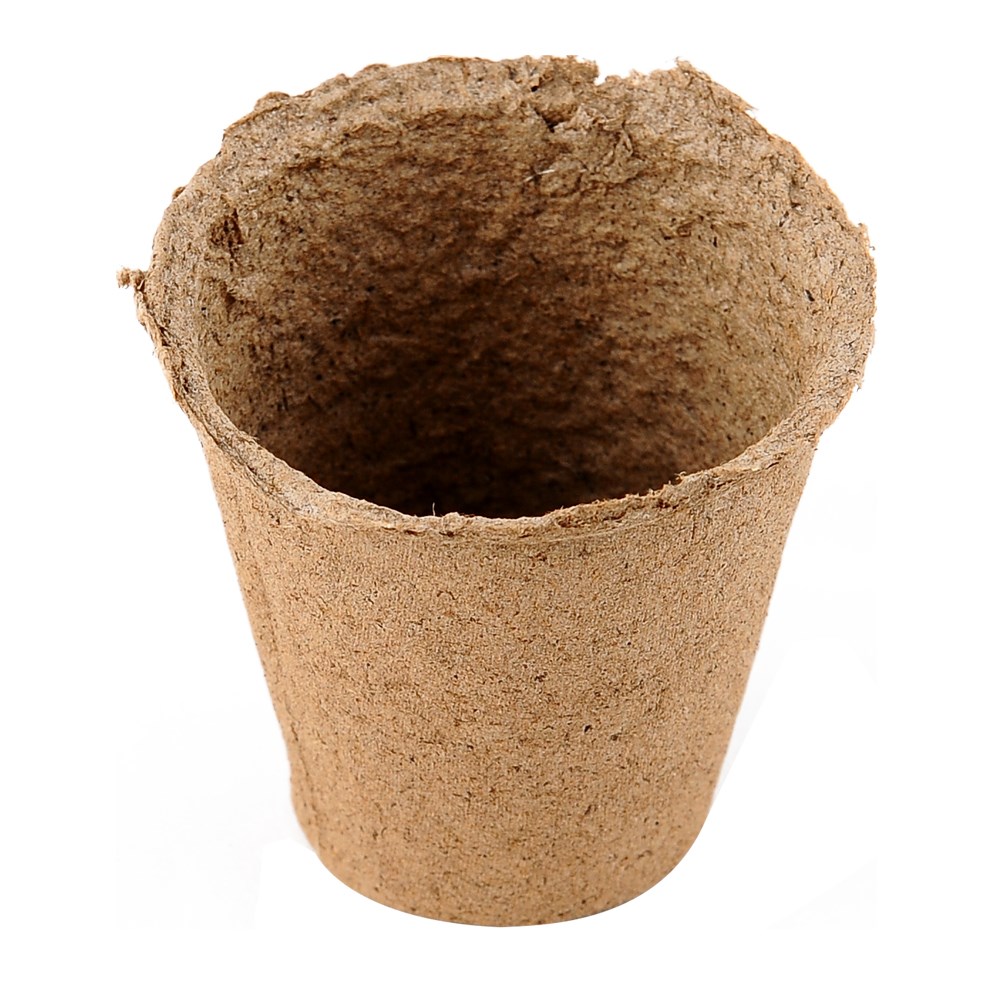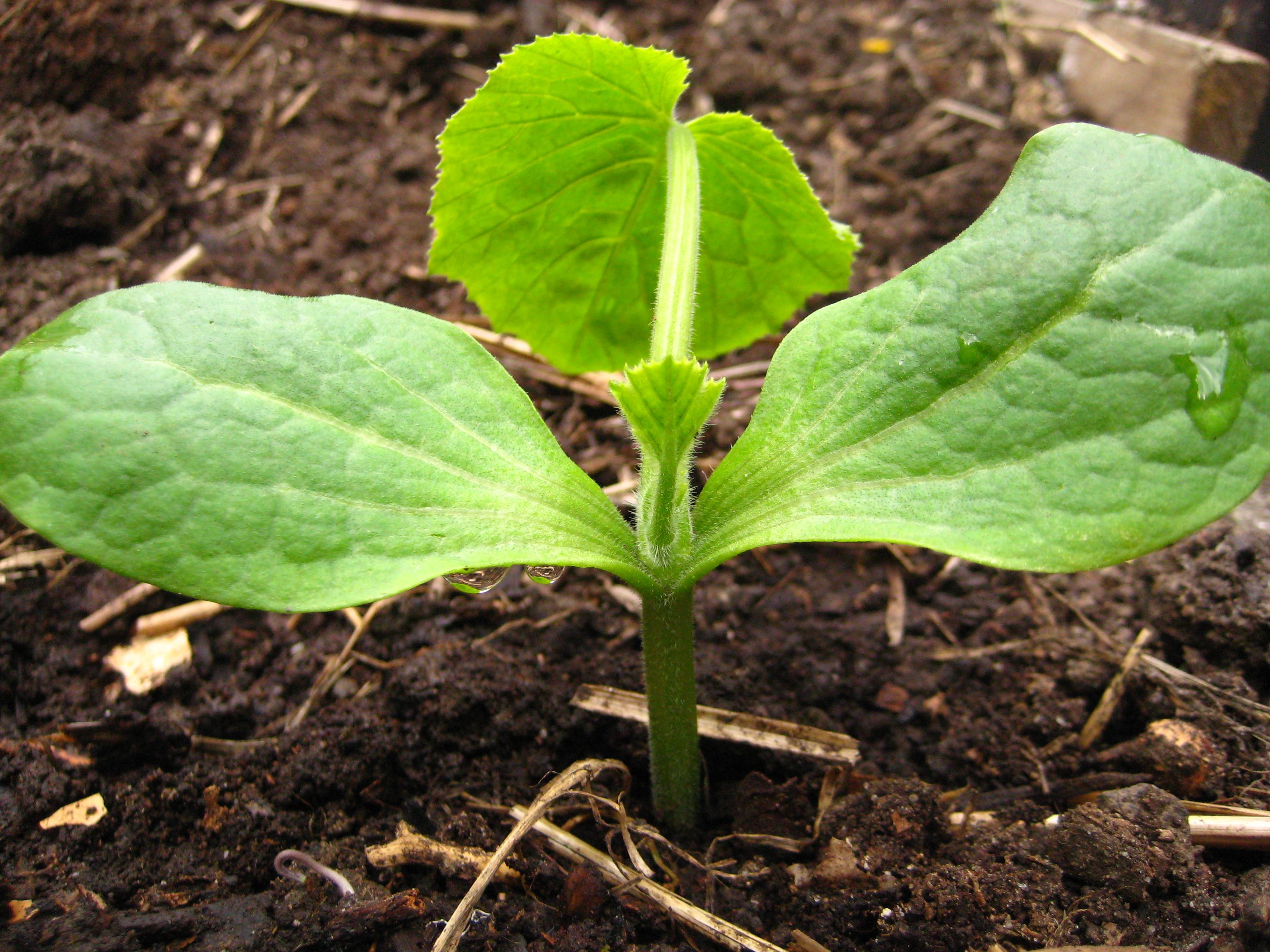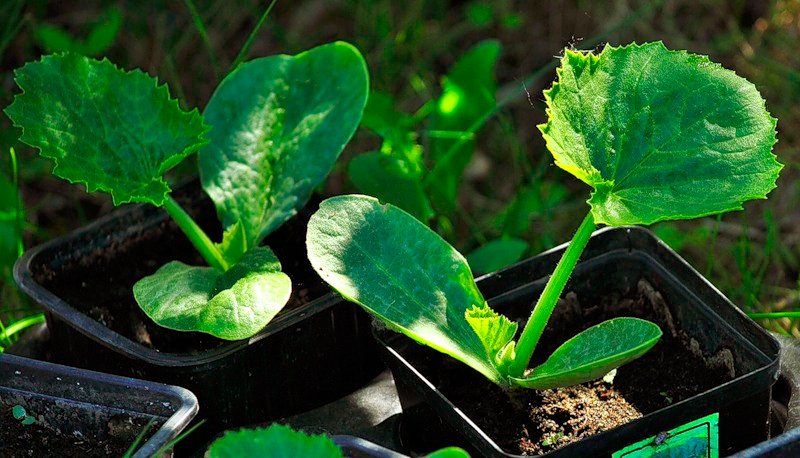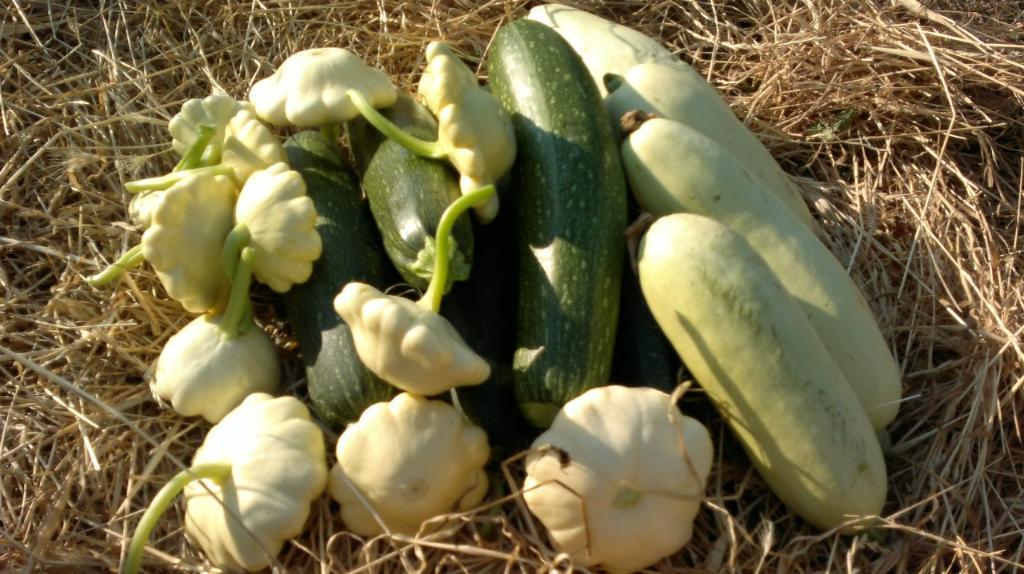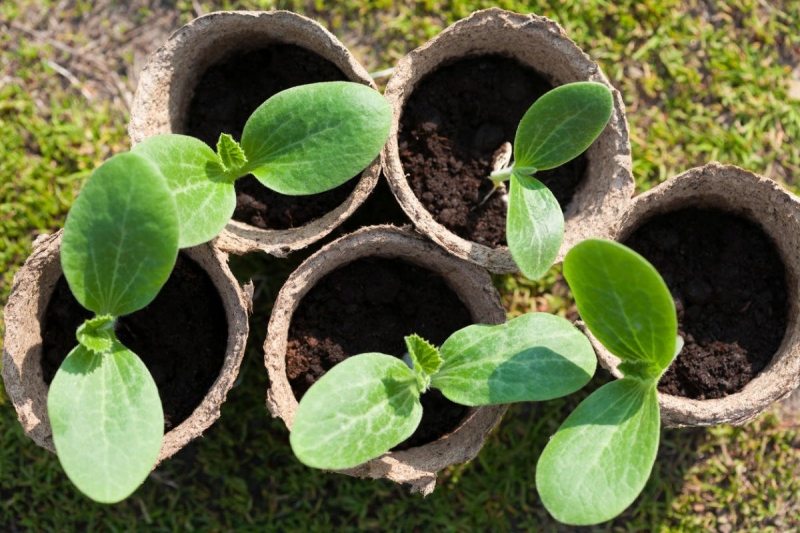The popularity of zucchini is due to their unpretentiousness in care, as well as the pleasant taste and beneficial properties of their fruits. The homeland of zucchini is South America. This is a fairly old culture, which is more than 3 thousand years old. This can be judged by the results of archaeological excavations carried out in Mexico and Peru. Zucchini came to Russia in the second half of the 18th century.
general information
Zucchini is an annual vegetable that is closely related to pumpkin. In contrast, zucchini are multi-fruited and early ripening. If there is a choice where to plant zucchini - in the shade or in the sun, experienced gardeners recommend giving preference to sunny areas that are free of drafts.
You can give an unambiguous answer to the question, zucchini love the sun or shade - of course, the sun.
Do zucchini grow in partial shade? Yes, they do, but in such conditions, you may not get a high yield.
Zucchini has a rather branchy green mass, which consists of large leaves and a long creeping stem. The root system is also quite powerful.
The chemical composition of zucchini is very diverse. It contains the following components:
- potassium,
- calcium,
- copper,
- iron,
- phosphorus,
- organic acids,
- vitamins, etc.
Such a diverse composition determines their benefits for the human body. The low level of calorie content of fruits is also surprising (1 kg of zucchini contains only 270 kcal).
There is a huge variety of zucchini varieties, each of which ripens at different times.
Growing zucchini does not require gardeners to carry out special complex measures for caring for them. You can get a good harvest even without much effort.
Features of cultivation, reproduction and care
Having figured out where it is better to plant zucchini - in the sun or in the shade - you need to properly prepare the soil on which the zucchini will be grown. It is better to start preparatory work in the fall. To do this, the garden bed where the culture will grow must be dug to the depth of the shovel bayonet. In doing so, carefully select all debris, weeds and plant residues.
Digging is combined with the introduction of manure, humus or compost into the ground. It will be useful to apply fertilizers such as superphosphate or potassium to the soil. You can also use a compound fertilizer.
This can be done by using dolomite flour. After that, you can leave the bed for the winter.
With the onset of spring, it is recommended to dig up the garden bed again, while simultaneously adding ammonium nitrate to the ground. If fertilizers were not applied to the soil in the fall, this can be done in the spring. But manure cannot be brought in at this time.
For growing zucchini in a non-chernozem region, experienced gardeners advise to form beds 19 - 26 cm high, up to 140 cm wide. In this case, the plants will not shade each other when the green mass grows.
To speed up the process of seed germination, as well as provide optimal conditions for the growth of seedlings, you can use the cover of the beds.For this, it is recommended to use a special covering material.
Zucchini is often grown in warm beds or on compost heaps. The heat that is released during the decomposition of organic matter contributes to the creation of the most comfortable conditions for their growth.
Plants can be grown in two ways:
- seedling;
- reckless.
When choosing one method or another, it is necessary to focus on the climatic conditions in which the zucchini is cultivated, as well as on the time frame in which you want to get the fruits.
If the timing of the harvest does not matter, the seed can be immediately planted in the soil in the beds. To do this, in a previously prepared bed, you need to make holes, the distance between which is approximately 70 cm. It is recommended to pour humus or compost on the bottom. After that, seeds can be immersed in the hole.
If preference is given to the seedling method of growing zucchini, it is recommended to proceed in this sequence.
- Prepare seed material. The seeds are immersed in warm water for 20 to 30 minutes. If they float and remain on the surface, they can be thrown away (such seeds are not suitable for growing). Place the rest for 15 minutes in a weak solution of potassium permanganate. This promotes disinfection, which prevents the development of seedling diseases.
- Seed material is evenly placed on a damp cloth and covered with it. If necessary, the napkin should be moistened. They should be in this position for 5 to 8 days. With this procedure, it is possible to germinate seeds and accelerate the growth of seedlings.
It is better to use peat pots as a container where seeds will be sown. They are filled with a mixture of humus and peat in equal quantities. In the middle, small pits are made (2.5 cm deep), which are watered with warm water. Seeds are placed in the holes.
Watering the ground in containers should be no more than 1 time for 10 days. It will not be superfluous to use top dressing, which is carried out for the first time immediately after germination. To do this, you can take fertilizers such as Bud or Agricola. The second time feeding is carried out a week after the first.
Caring for zucchini does not cause any difficulties. All activities are as follows:
- The soil in the aisles must be loose. This promotes good air penetration to the plant root system, and also improves the permeability of the soil.
- Zucchini are crops that do not tolerate drought well, but at the same time, they do not react negatively to waterlogged soil. Water the plants as the soil dries. As a rule, 1 watering per week is sufficient. This uses 10 liters of water per 1 m2 of the garden.
- Pay attention to the water temperature. When using cold water for irrigation, there is a risk of root rot and plant death.
- Despite the fact that the plants are considered unpretentious in care, you should not refuse to feed. To do this, you can use a mullein solution or complex fertilizers for vegetable crops. Such a simple procedure will help to increase the yield several times.
- Insects act as plant pollinators. It is necessary to provide them with unhindered access to the site.
Like other vegetable crops, zucchini are susceptible to infection with infectious or fungal diseases.
Among the most common diseases are:
- anthracnose;
- powdery mildew;
- gray rot;
- peronosporosis.
The main reasons that provoke their development are highly waterlogged soil, dense plantings, the presence of a large number of weeds on the site, a shaded place where plants are grown, etc.
Control measures:
- eliminate the cause that provoked the development of the disease;
- disinfect seeds before planting;
- spray plants with a solution of copper sulfate, Bordeaux mixture or other fungicides.
Experienced gardeners believe that it is better to take measures to prevent the development of the disease than to fight it later.
You can get an excellent harvest of zucchini without much physical effort and significant material costs. With minimal effort, you can remove the fruits that will become a worthy and useful addition to any table.
